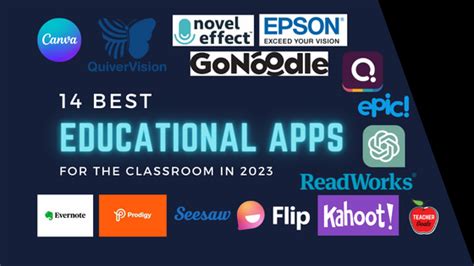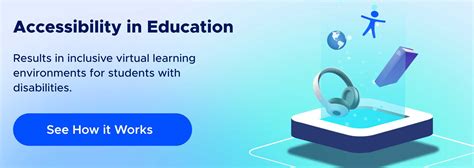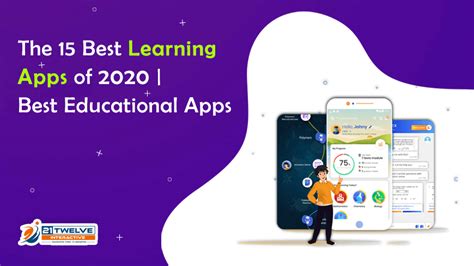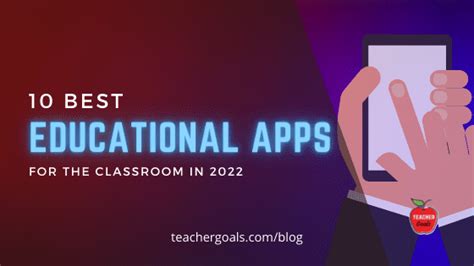Engaging young learners in the classroom can be a challenge, but innovative learning games offer a powerful solution. These games not only capture the attention of kindergarten students but also enhance their motivation and interaction, leading to a more dynamic and effective learning experience. In this article, we will explore the benefits of using learning games in kindergarten, outline criteria for selecting effective games, and provide examples of innovative options. Additionally, we’ll discuss strategies for incorporating these games into the curriculum and offer tips to ensure all learners are engaged. Finally, we’ll address common challenges and provide practical solutions to overcome them.
gameshoek.com will lead a thorough examination of this topic.
1. Benefits of Learning Games in Kindergarten
Learning games in kindergarten offer numerous benefits that can significantly enhance the educational experience. Firstly, they make learning fun and engaging, helping to capture and maintain the attention of young students. Games also promote active learning, encouraging children to participate and interact with the material in a hands-on manner. This interactive approach helps to reinforce concepts and improve retention. Additionally, learning games can foster important social skills, such as teamwork, communication, and problem-solving, as children often work together to achieve common goals. These activities also cater to various learning styles, providing visual, auditory, and kinesthetic learners with opportunities to engage in ways that suit them best. Furthermore, games can be tailored to different skill levels, allowing for differentiated instruction that meets the needs of each student. Overall, incorporating learning games into the kindergarten curriculum can create a more dynamic and effective learning environment, setting the foundation for lifelong educational success.

2. Criteria for Effective Learning Games
Selecting effective learning games for kindergarten requires considering several key criteria to ensure they are both engaging and educational. Firstly, the games should align with educational objectives, reinforcing the curriculum and helping students achieve specific learning goals. They must be age-appropriate, with content and difficulty levels suited to the developmental stage of young learners. The games should also be interactive, encouraging active participation rather than passive observation. Visual and auditory elements can enhance engagement, making the games more appealing to diverse learning styles. Additionally, the games should promote critical thinking and problem-solving skills, providing challenges that stimulate intellectual growth. Social interaction is another important factor; games that encourage collaboration and communication help develop essential social skills. Safety and simplicity are crucial as well, ensuring that the games are easy to understand and play without posing any risk to the children. Lastly, adaptability is key, allowing teachers to modify the games to suit different skill levels and learning paces, ensuring all students can benefit.

3. Examples of Innovative Learning Games
Innovative learning games can transform the kindergarten classroom into an exciting and dynamic learning environment. One example is “Alphabet Scavenger Hunt,” where children search for items that start with specific letters, promoting letter recognition and vocabulary development. “Number Line Hopscotch” combines physical activity with math skills, as students hop to the correct number on a chalk-drawn line based on given clues. “Story Time Theater” encourages creativity and language skills by having children act out scenes from their favorite books or stories. “Shape Sorting Relay” involves sorting objects by shape and color in a relay race format, enhancing both fine motor skills and geometric understanding. “Interactive Whiteboard Puzzles” leverage technology, allowing children to solve puzzles and engage with digital content that reinforces lesson objectives. “Friendship Circle Games” foster social skills by encouraging children to work together to solve problems or complete tasks. These games not only make learning fun but also cater to various learning styles, ensuring that all students remain engaged and motivated.

4. Incorporating Learning Games into the Curriculum
Incorporating learning games into the kindergarten curriculum requires strategic planning to ensure they complement educational goals and enhance student engagement. Start by identifying the learning objectives for each lesson and selecting games that align with these goals. For example, if the objective is to teach letter recognition, choose games like “Alphabet Scavenger Hunt” that focus on identifying letters in different contexts.
Integrate games into daily routines to create a balanced mix of instruction and play. Schedule specific times for game-based learning, ensuring it does not replace essential instructional time but rather enriches it. Using games as a warm-up activity can energize students and prepare them for more focused tasks. Additionally, incorporating games during transitions between activities can maintain engagement and minimize downtime.
Differentiate instruction by using games that cater to various skill levels within the classroom. Adapt games to provide additional challenges for advanced learners or simplified versions for those who need more support. This ensures that all students benefit from the interactive experience.
Leverage technology by incorporating digital games that reinforce lesson objectives. Interactive whiteboards and educational apps can provide engaging platforms for game-based learning. Ensure that all technology used is age-appropriate and easy for students to navigate.
Finally, involve students in the game selection process. Allowing them to choose or create games fosters a sense of ownership and increases motivation, making the learning experience more meaningful and enjoyable.

5. Tips for Engaging All Learners
Engaging all learners in a kindergarten classroom requires thoughtful strategies to address diverse needs and learning styles. Start by incorporating a variety of games that appeal to different types of learners, including visual, auditory, and kinesthetic. This ensures that every student can connect with the material in a way that suits them best.
Encourage participation by creating a positive and inclusive atmosphere. Use games that promote teamwork and collaboration, allowing students to work together and learn from each other. Offering choices in game activities can also empower students, giving them a sense of control and increasing their motivation to participate.
Provide clear instructions and demonstrate how to play each game, ensuring all students understand the rules and objectives. Use visual aids and hands-on demonstrations to reinforce understanding.
Monitor and assess student engagement, adjusting games as needed to maintain interest and challenge. Offer positive reinforcement and celebrate successes to build confidence and encourage continued participation.
Finally, regularly rotate games to keep the activities fresh and exciting, preventing monotony and maintaining high levels of engagement throughout the school year.

6. Challenges and Solutions
Incorporating learning games into the kindergarten curriculum can present several challenges, but with thoughtful solutions, these can be effectively managed. One common challenge is ensuring that games remain educational and do not become mere playtime. To address this, carefully select games that align with learning objectives and include clear educational goals. Regularly assess the educational value of each game to ensure it supports curriculum standards.
Another challenge is maintaining classroom management during game-based activities. Young children can become overly excited, leading to disruptions. Establish clear rules and expectations for behavior during games. Use games as a reward for good behavior and participation, reinforcing positive conduct.
Differentiating instruction to meet the needs of all learners can also be challenging. Some students may find certain games too easy or too difficult. To solve this, adapt games to various skill levels and provide additional support or challenges as needed. Grouping students strategically can also help, pairing those who may need extra help with peers who can assist them.
Limited resources and time constraints can hinder the implementation of learning games. Prioritize games that require minimal materials or use digital resources that are readily available. Integrate games into existing lesson plans rather than viewing them as an add-on, making efficient use of instructional time.
By anticipating these challenges and implementing practical solutions, educators can successfully integrate learning games into the kindergarten classroom, enhancing student engagement and learning outcomes.

Incorporating innovative learning games into the kindergarten curriculum offers numerous benefits, from boosting student motivation to fostering essential social skills. By selecting age-appropriate games, aligning them with educational objectives, and adapting them to diverse learning styles, educators can create a dynamic and engaging classroom environment. While challenges such as maintaining classroom management and differentiating instruction may arise, practical solutions can address these effectively. Embracing learning games not only makes education enjoyable but also supports a deeper understanding and retention of key concepts, setting a strong foundation for future learning.
gameshoek.com
